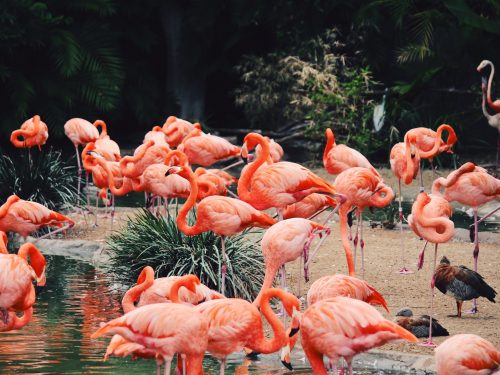 A Complete Guide To Visiting the San Diego Zoo
A Complete Guide To Visiting the San Diego Zoo
Spread over 100 acres, the San Diego Zoo is home to a whopping 12,000 rare and endangered animals. In just one day you…
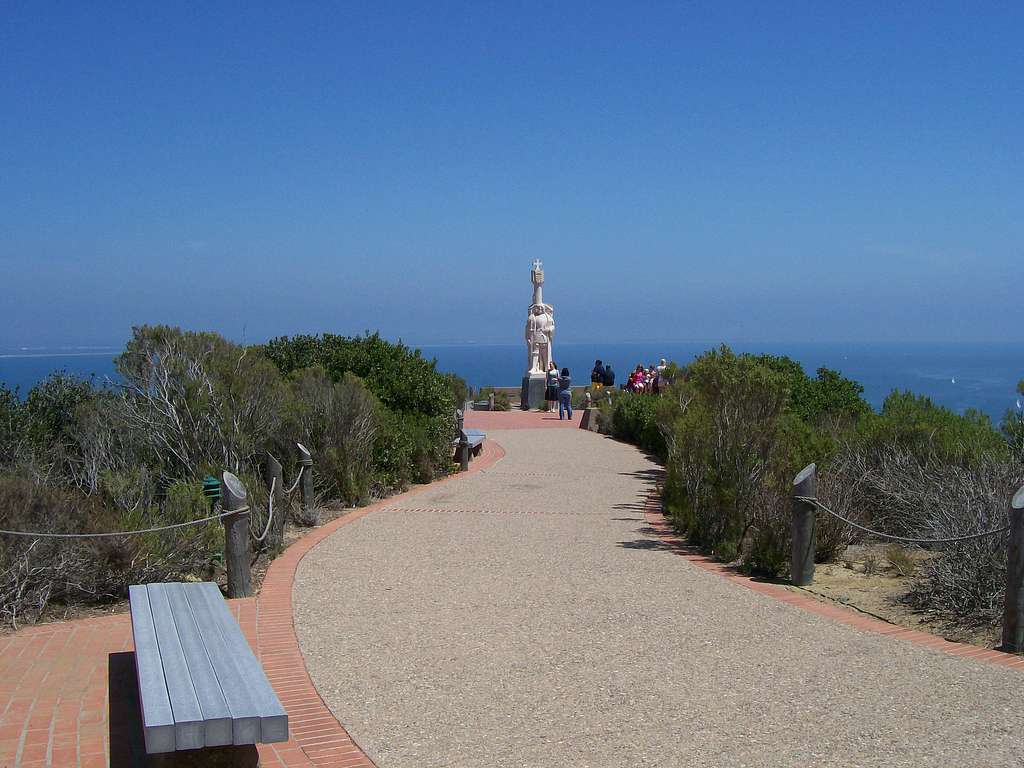
From its picturesque setting high above San Diego Bay, Cabrillo National Monument tells the story of Spanish exploration in this part of the world and reveals a wonderland of natural treasures. From scenic hikes to learning about the geology of Point Loma to photographing the sea life in the shallow tide pools, there’s plenty to keep you busy for an afternoon — or a day if you’re a true outdoor lover.
Wondering what to see and do at Cabrillo National Monument? This handy guide covers all the attractions along with practical tips for your visit like when to spot whales and the best trails to try.
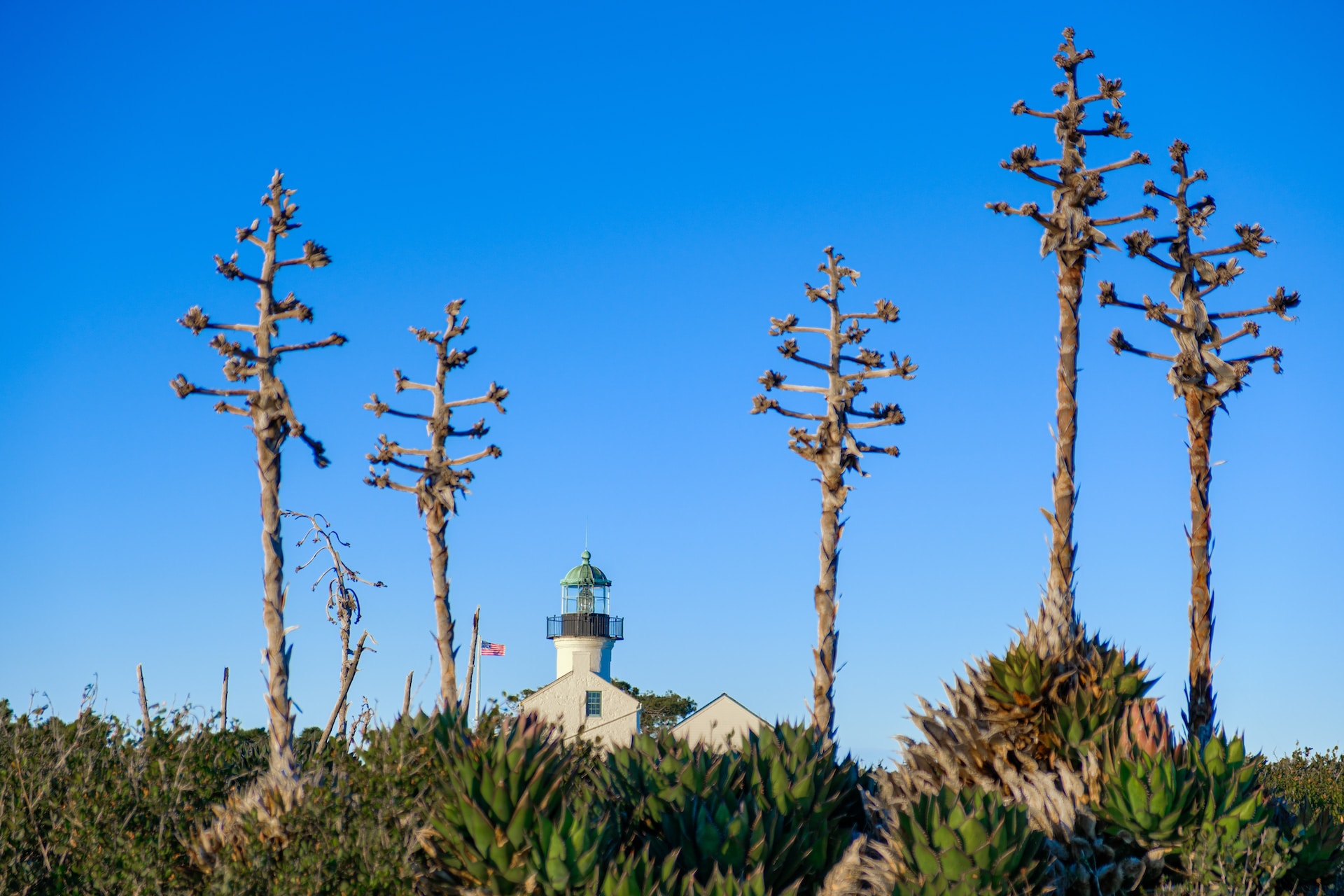
Created in 1913, Cabrillo National Monument is dedicated to the Spanish explorer Juan Rodriguez Cabrillo — specifically his three-month long voyage in 1542. It was the first European expedition to touch on the West Coast.
Today, a visit to the park tells the story of Cabrillo’s three ships on that pivotal journey as well as the first encounters with the native Kumeyaay. It also shares a glimpse into coastal life at the time.
Fun fact: Cabrillo originally named the area San Miguel, but 60 years later, another explorer changed it to San Diego.
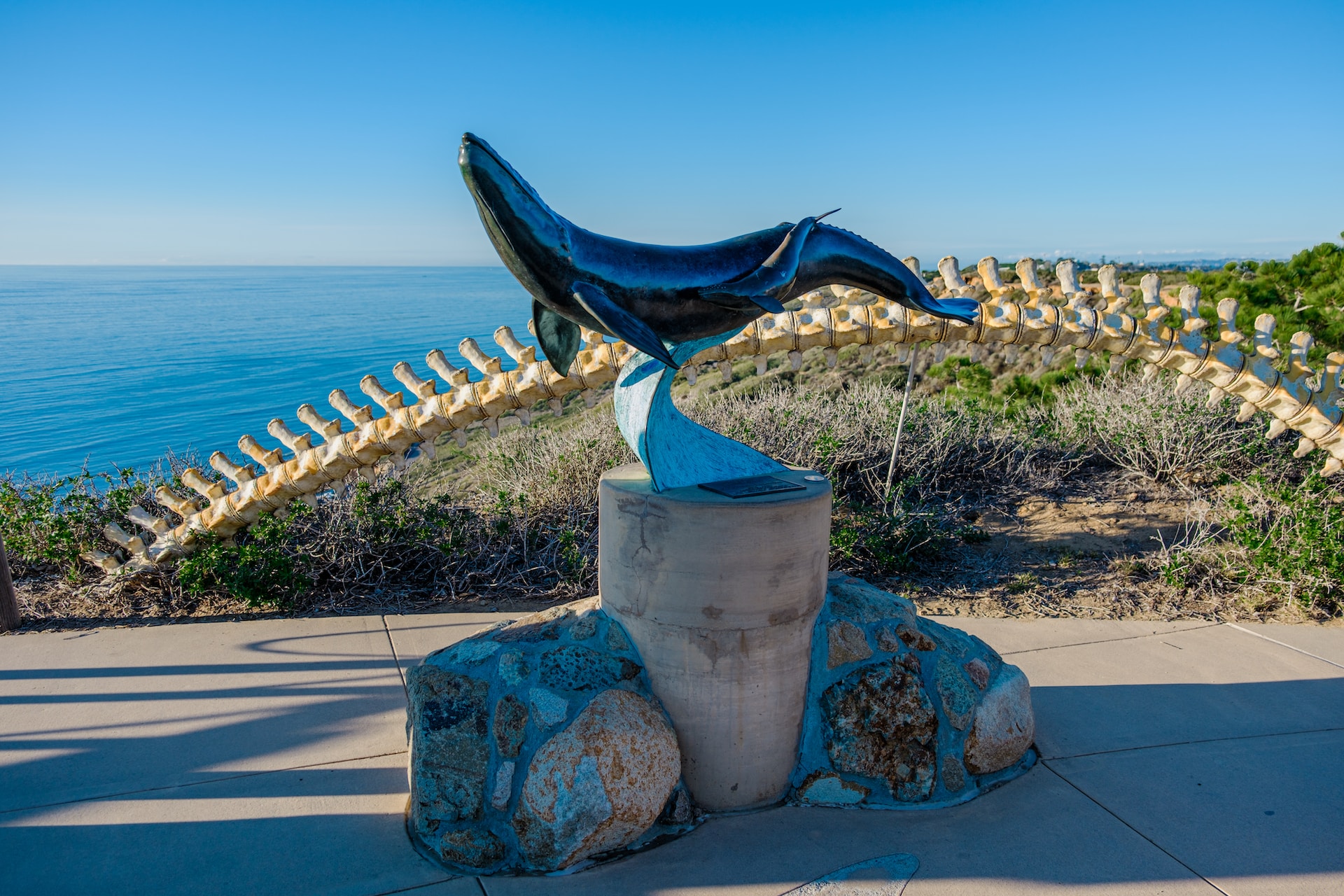
Upon arrival, the visitor center is your first port of call. Here, you can take in the Age of Exploration exhibit, watch films, and check out ranger-led programs. Depending on the direction of a short walk, you’ll find the Old Point Loma Lighthouse, the giant statue of Juan Cabrillo, the whale-watching overlook, or the entrance to the Bayside Trail.
If you’re anything like me, you’ll head to an overlook to take in one of the best views of water and sky.
Here’s what you can do at the visitor center:
The visitor center is open daily starting at 10 a.m. and typically closes at 4 p.m., except on the weekend (Fridays through Sundays) when it’s open an hour later.
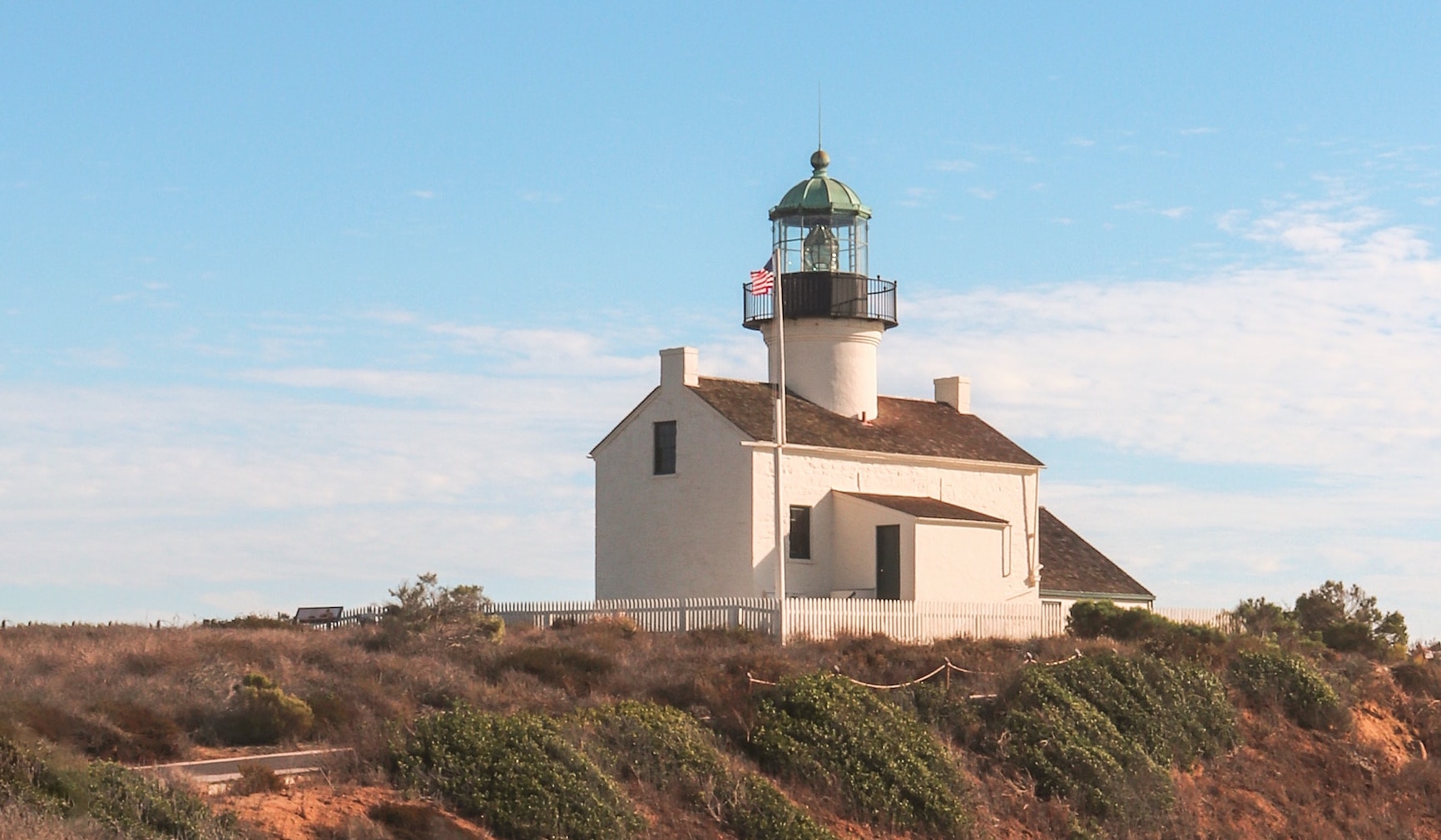
A visit to Cabrillo National Monument offers tremendous views of San Diego and opportunities to explore the area. All in one spot, you can track back in time and get to know a few creatures of the deep.
Here’s what you need to do when you visit this park.
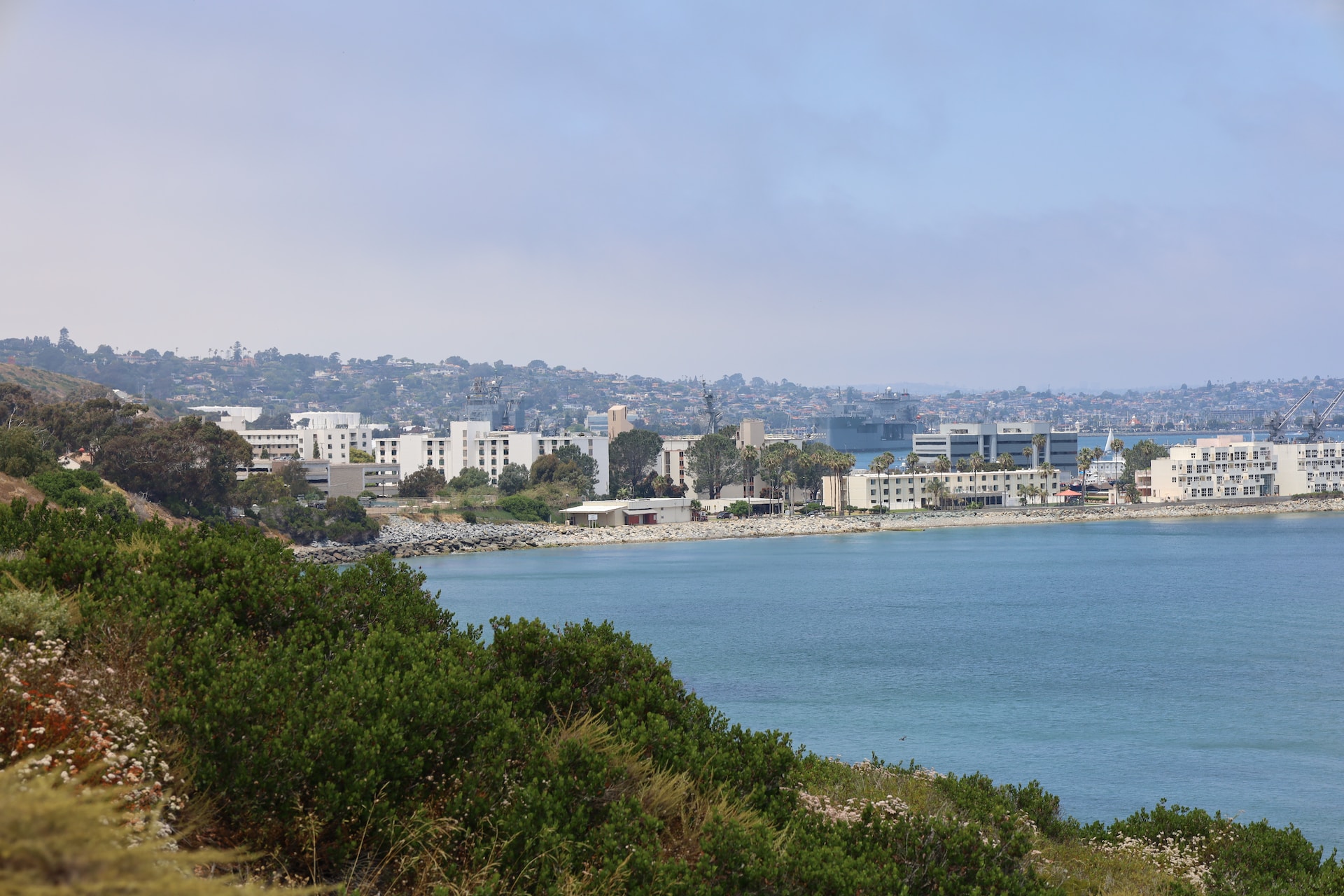
This park is a hiker’s dream, but it’s pretty accessible for a range of skill levels.
One of my favorite short trails is Cabrillo’s Bayside Trail. The 2.5-mile roundtrip route takes you down about 300 feet to sea level. With views of San Diego Bay, downtown, various naval bases, and sailboats, the trail is a treat for photographers too.
You’ll pass native coastal plants, remnants of old war defense systems, and get a peek into coastal life.
The Bayside Trail doesn’t have restrooms or water fountains, so freshen up before you go. Be sure to lather that sunscreen on and pop on a hat too. This trail is definitely not shaded.
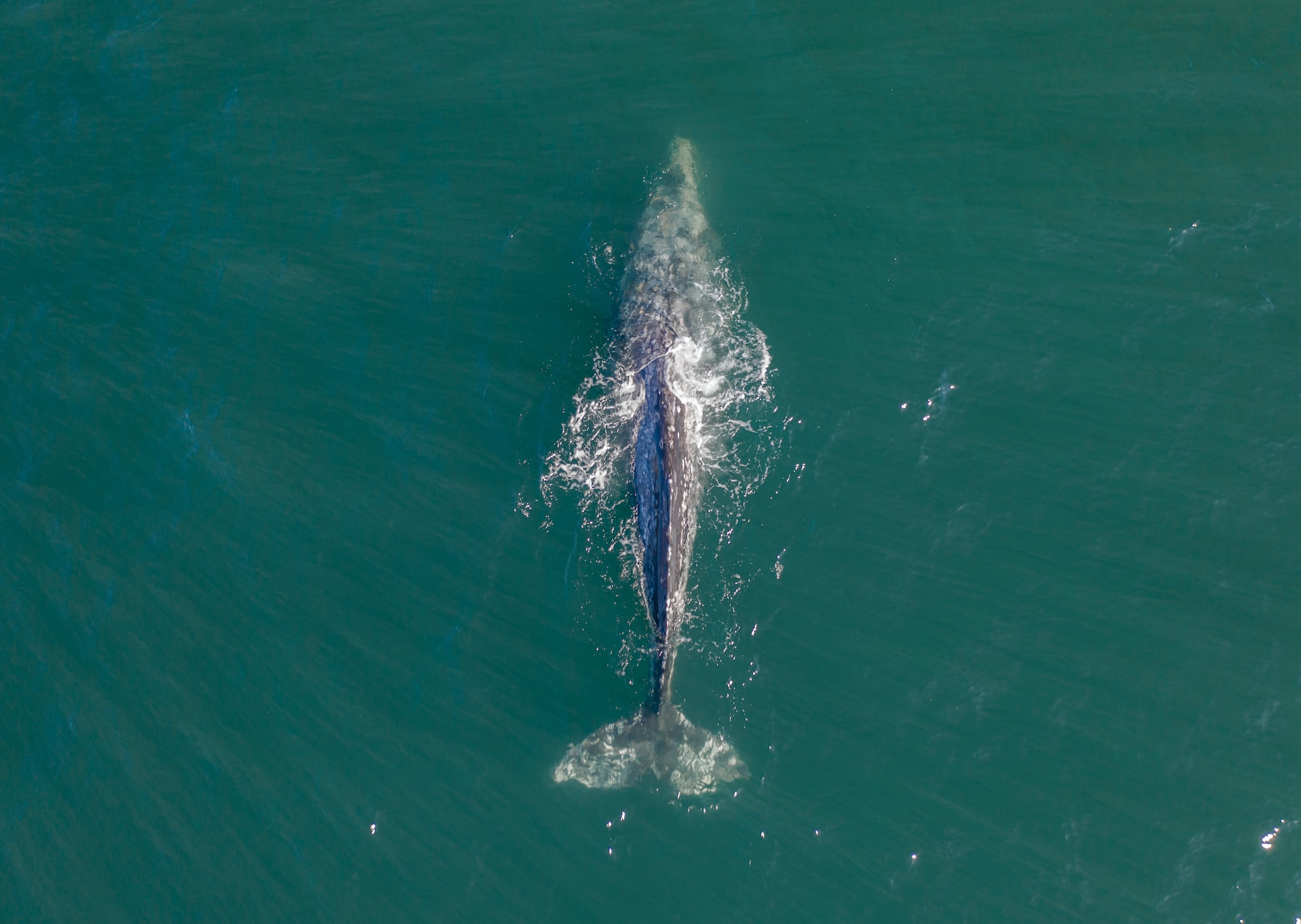
While peak migration time in their annual 12,000-mile journey is the middle of January, you can spot them between December and March from your vantage point high above the Pacific. Set yourself up at Kelp Forest Overlook or even the Old Point Loma Lighthouse for the best possible viewing and be sure to keep those binoculars at the ready.
From your base at the overlook, shift your eyes to the west. Watch the wide ocean for those gray whales moving from the arctic to the warm waters of Mexico. Turn your binoculars towards the horizon, scan right to left, and keep your eyes peeled for the blow from the spout that can rise about 15 feet, the swish of the flukes (tails), or, if you’re lucky, the full on breach and splash of these awesome mammals.
Tip: Be sure to check at the visitor center where rangers have the most up to date information on daily sightings.
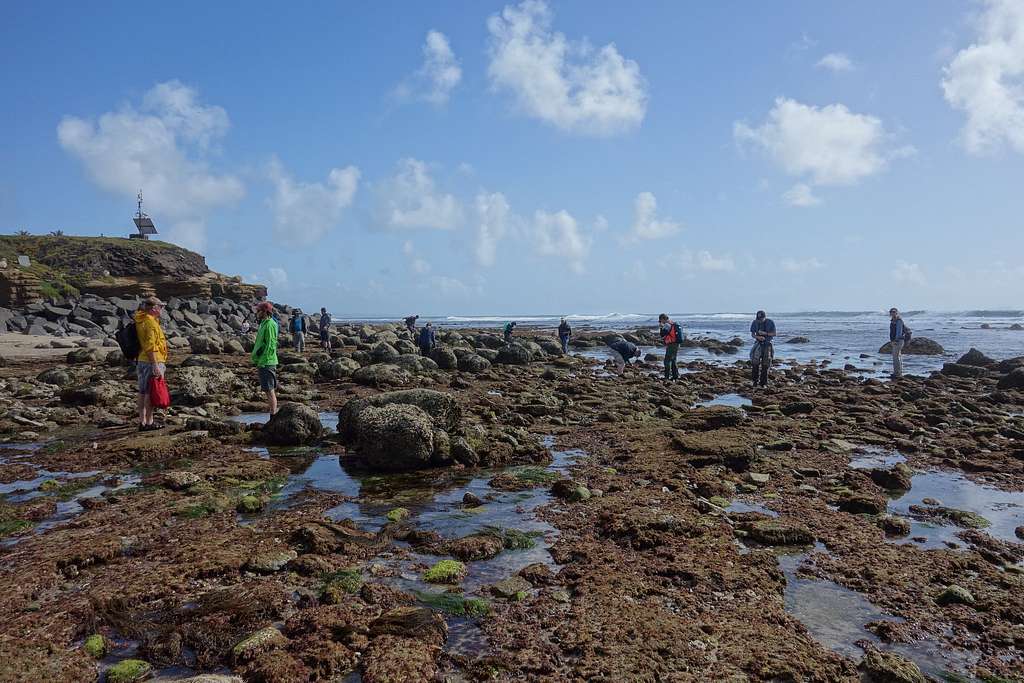
One of my favorite spots in all of San Diego are the tide pools at Cabrillo. I head there for peaceful moments, short walks, to connect with nature, and to feel the splash of the waves as they hit the cliffs of the shore.
From here, the sunsets are epic, the view clear, and the colors of the sea absolutely endless. These tide pools are one of the best preserved and most open in all of southern California.
These coastal rock depressions allow space for water (and tiny critters) to gather, and an entire ecosystem is on display in miniature.
At the various tide levels, you’ll see tide pool zones playing host to surprisingly different plant and animal life. The high zone — where you’re bound to get wet — is home to those who can manage on limited tidal splashes like barnacles and crabs. The middle zone provides a glimpse of snails, algae, kelp, and even Sandcastle worms. And the lower zone, only visible at the lowest levels, is home to sea stars, urchins, and tons of fish.
Here are some handy tips if it’s your first time visiting the tide pools at the Cabrillo National Monument.
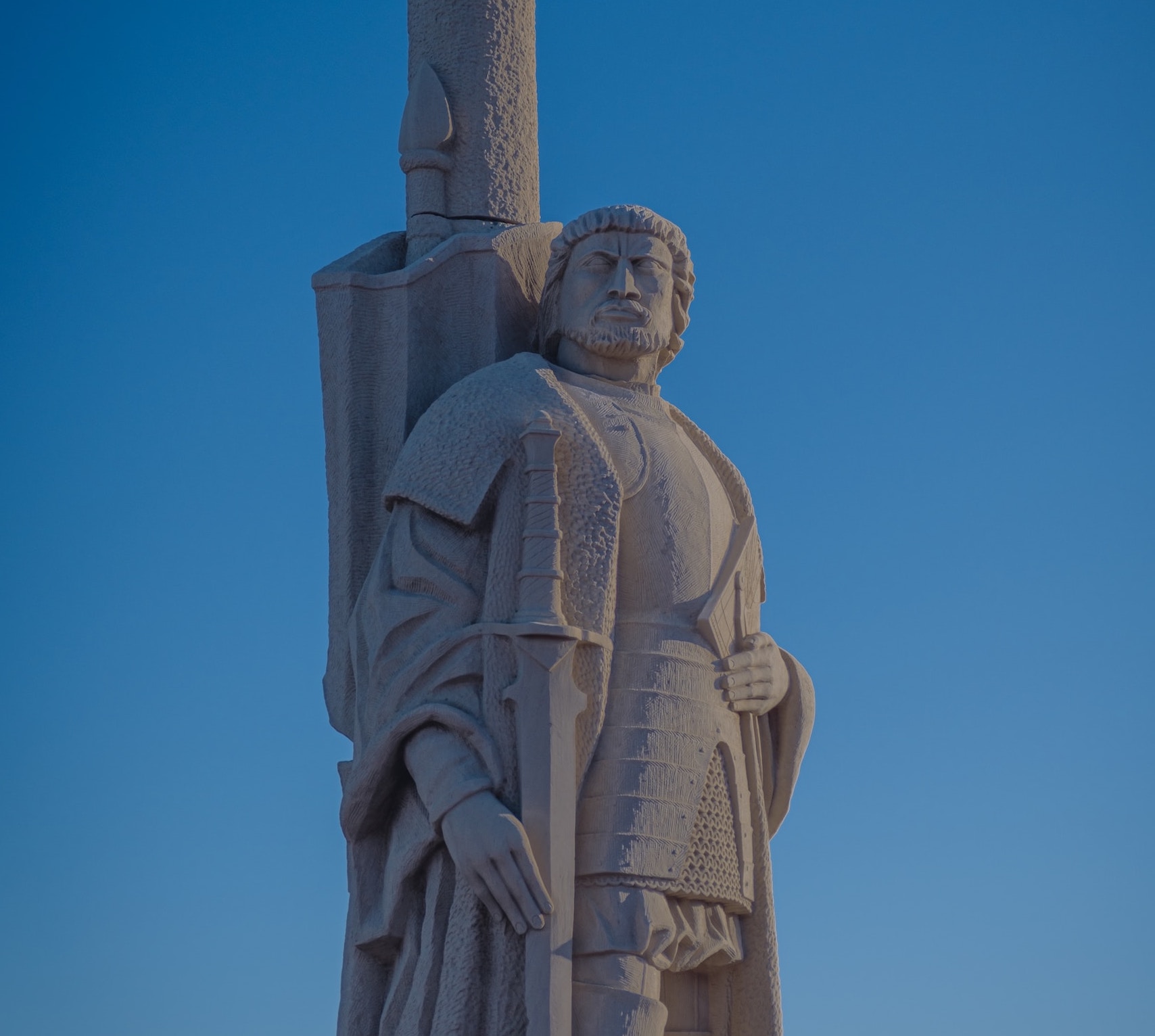
If you’re trying to sneak in some education on your family vacation, Cabrillo National Monument just might be the place to do it. The park offers heaps of opportunities for learners of all ages. They have lots of programs designed to help you expand your knowledge.
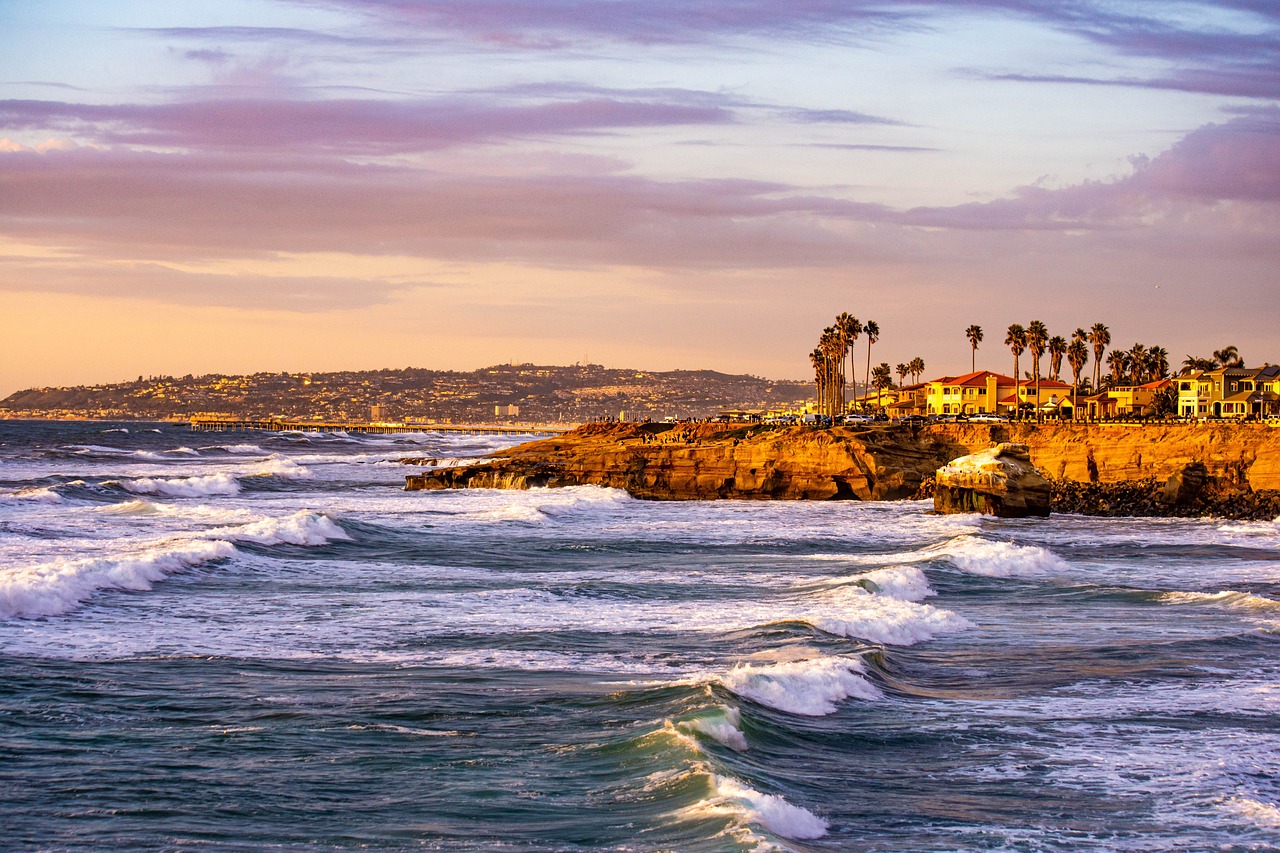
While the monument is towards the end of Point Loma, a quick ride share or car ride can find you in multiple other insta-worthy San Diego spots. With one of the most temperate climates and often the most days of sunshine, the city will give your fill of Vitamin D year-round.
If you enjoy the outdoors, these are some great places to visit near the monument.
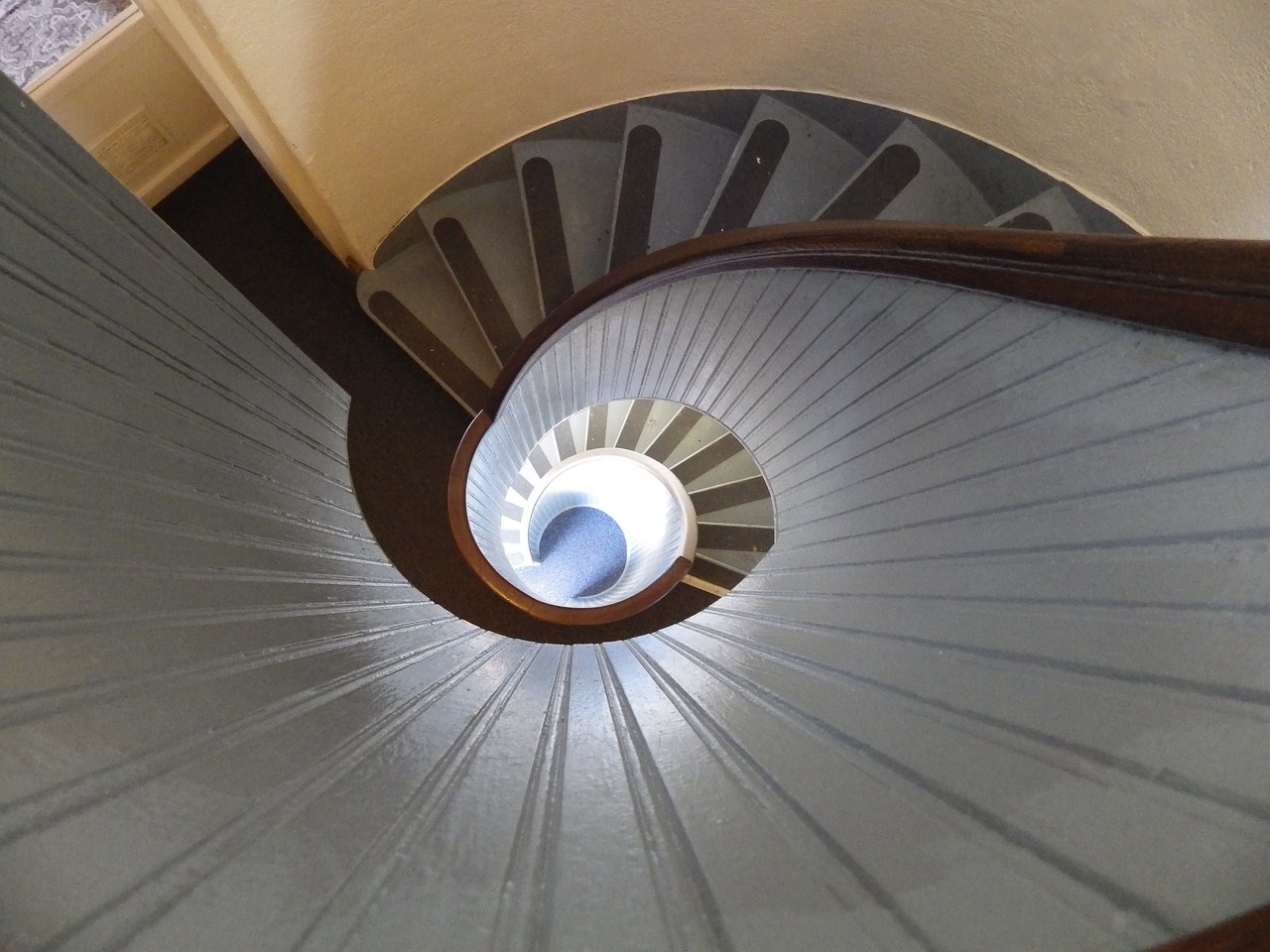
The best advice I’ve ever heard for visiting any natural space is, without question, “take only pictures, leave only footprints.” With that foundation in mind, as you head out for your excursion to Cabrillo National Monument, pack sunscreen and a hat, put on your sturdiest walking shoes (especially for those lighthouse stairs) and comfortable layers, and bring your sense of adventure.
A few helpful tips to remember:
You’ll find Cabrillo National Monument at the end of San Diego’s Point Loma peninsula. You can get to the area by bus, car, motorcycle, or even bicycle.
The bus will take you directly to the park on weekdays from Old Town Transit Center, but you’ll have to transfer at Shelter Island.
Alas, all this goodness does come with a cost, although it’s pretty cheap.
A fee or pass is required for every car, bicycle, or person passing into Cabrillo National Monument. Annual passes are also available.
Yes, Cabrillo National Monument is a great place to visit if you or someone you’re traveling with is looking for an accessible outdoor adventure. The park prides itself on being ADA accessible.
That means service animals are welcome, wheelchairs are available for loan, and there are several visual and audio aids like captioned films, assisted listening devices, braille brochures, and large print books. Some park rangers know American Sign Language as well.
There’s also plenty of wheelchair access throughout the park, including for parking in both the main and tide pool lots, mounted-pedestal binoculars, and bathrooms (with changing tables) at the visitor center.
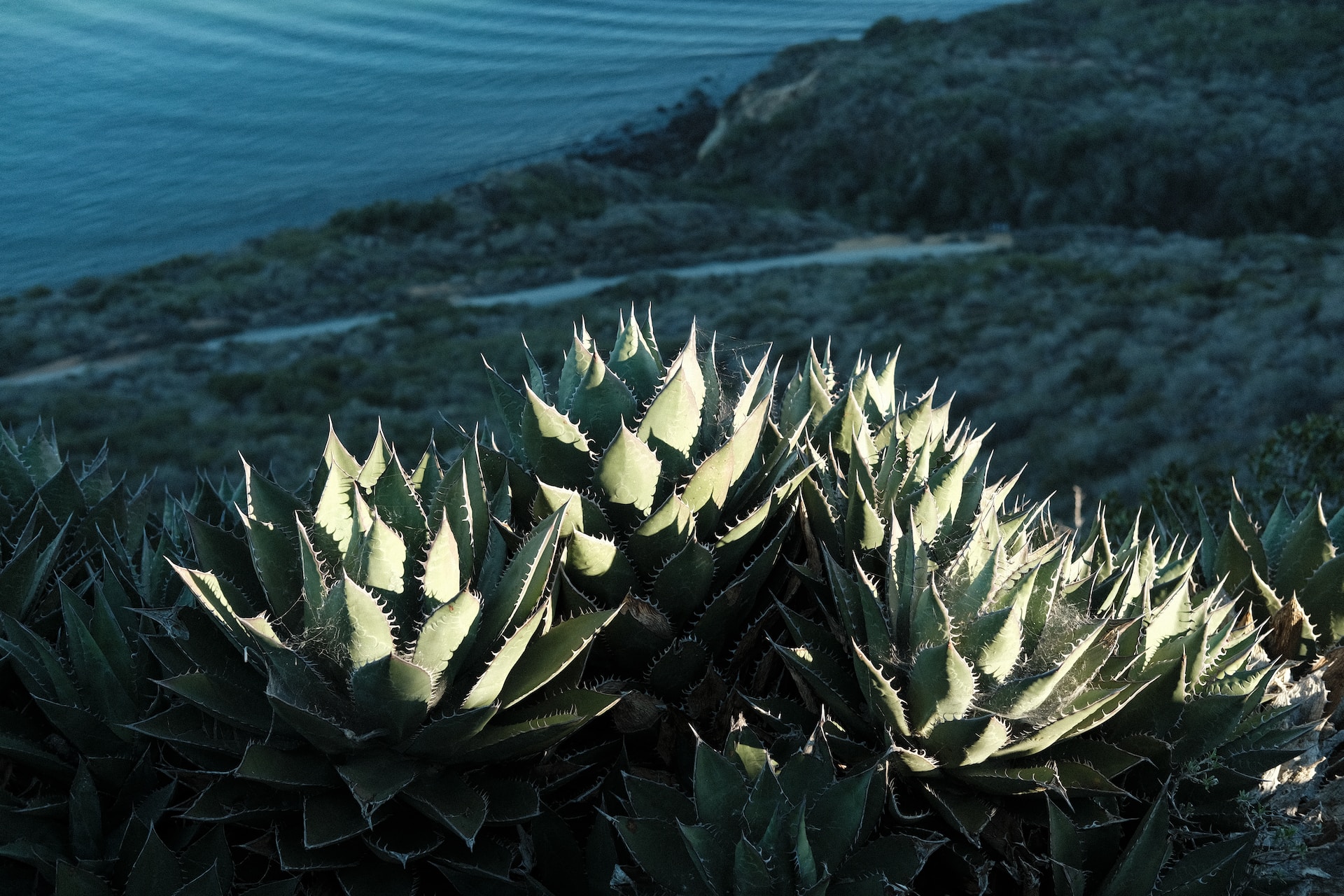
By now, I bet you’re looking forward to checking out the park and getting to know a little more about San Diego’s beginnings — and those tiny creatures living in the tide pools. So get out there and explore!
If you’re ready to dig into more San Diego history, check out Old Town, another cool local spot with heaps of things to see, do, eat, and discover.
 A Complete Guide To Visiting the San Diego Zoo
A Complete Guide To Visiting the San Diego Zoo
Spread over 100 acres, the San Diego Zoo is home to a whopping 12,000 rare and endangered animals. In just one day you…
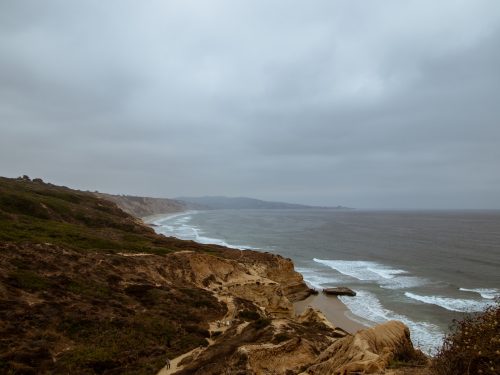 What To Do at La Jolla’s Torrey Pines State Natural Reserve
What To Do at La Jolla’s Torrey Pines State Natural Reserve
Torrey Pines State Natural Reserve is nestled along the Pacific Ocean and home to pristine trails and a living ecological landscape. Just 20…
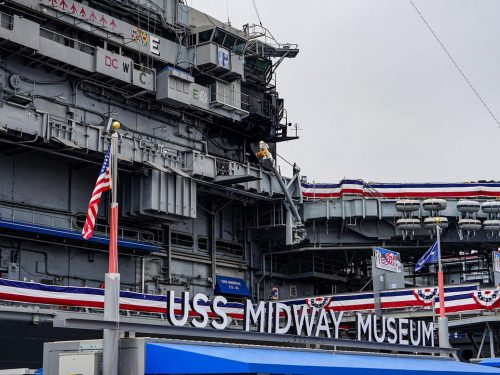 Everything To See and Do at the USS Midway Museum
Everything To See and Do at the USS Midway Museum
While San Diego may be famous for sunshine, palm trees, and miles of picturesque beaches, the city also has a longstanding military history.…